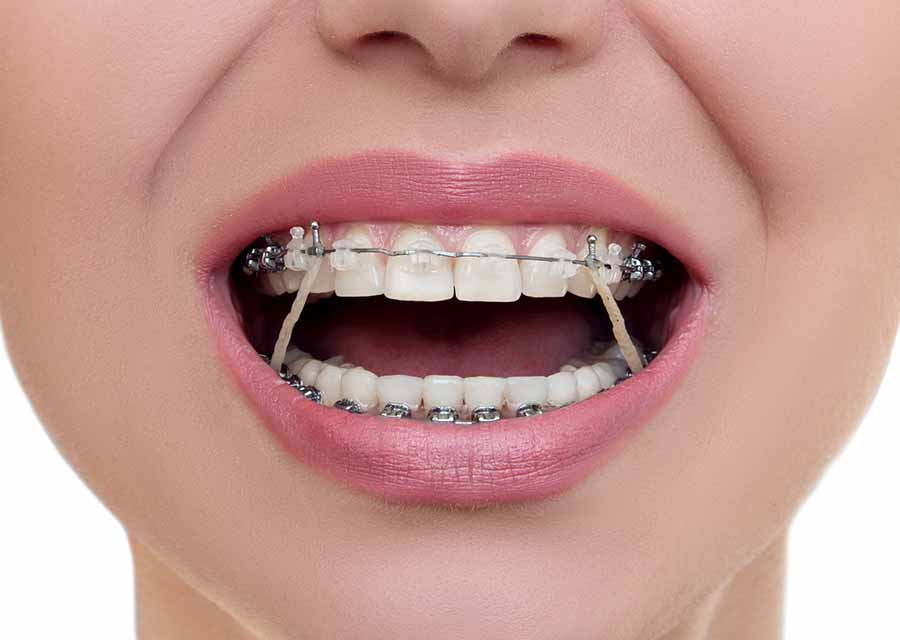The Buzz on Legacy Orthodontics
The Buzz on Legacy Orthodontics
Blog Article
The Ultimate Guide To Legacy Orthodontics
Table of Contents10 Easy Facts About Legacy Orthodontics ShownUnknown Facts About Legacy OrthodonticsWhat Does Legacy Orthodontics Mean?The Ultimate Guide To Legacy OrthodonticsAll about Legacy Orthodontics
In addition, we provide adjustable therapy routines, adaptable repayment alternatives and a fun, pleasurable experience.An orthodontist is a dental professional trained to diagnose, stop, and deal with teeth and jaw abnormalities. They fix existing conditions and are educated to recognize issues that may create in the future. Orthodontists collaborate with individuals of any ages, from youngsters to grownups. Individuals frequently connect an ideal smile with health.
Malocclusion, or misaligned teeth, can bring about dental problems, including tooth degeneration, gum tissue illness, and challenging or excruciating eating. Not everybody is birthed with straight teeth. If you have a bad bite or big areas in between your teeth, you might wish to consult a dental practitioner specializing in orthodontic treatment.
What Does Legacy Orthodontics Mean?
( Photo Credit Rating: DigitalVision/Getty Images) Orthodontists use taken care of and removable dental devices, like dental braces, retainers, and bands, to transform the position of teeth in your mouth. Orthodontic treatment is for oral problems, consisting of: Crooked teethBite problems, like an overbite or an underbiteCrowded teeth or teeth that are too far apartJaw misalignmentThe goal of orthodontic therapy is to enhance your bite.
While you may think of orthodontists as mostly for youngsters or teens that require braces, they can deal with dental problems at any age. Orthodontists participate in college, oral college, and orthodontic college.
All orthodontists are dental practitioners, but not all dentists are orthodontists. Orthodontic residency programs supply extensive, focused instruction for oral professionals. They concentrate on two locations: Just how to properly and safely move teeth Exactly how to correctly assist development in the teeth, jaw, and faceOnce an orthodontist has actually completed training, they have the alternative to end up being board certified.
Legacy Orthodontics Can Be Fun For Everyone
Imbalance, or malocclusion, is one of the most common factor individuals see an orthodontist. It is genetic and is the outcome of size distinctions in between the top and lower jaw or between the jaw and teeth. Malocclusion causes tooth overcrowding, a misshapen jaw, or irregular bite patterns. Malocclusion is usually treated with: Your orthodontist affixes steel, ceramic, or plastic square bonds to your teeth.
If you have only small malocclusion, you might have the ability to use clear braces, called aligners, instead of typical dental braces (https://businesslistingplus.com/profile/legacyortho/). Some individuals require a headwear to assist relocate teeth right into line with pressure from outside the mouth. After braces or aligners, you'll require to wear a retainer. A retainer is a custom tool that keeps your teeth in position.
They can produce extra area in the mouth without having to pull teeth. Orthodontists use cords, surgical screws, or plates to sustain your jaw bone.
You might need to see an orthodontist if you have: Crowding or not adequate room for all of your teethOverbite, when your top teeth come your bottom teethUnderbite, when your bottom teeth are also much forwardSpacing or concerns with gapsCrossbite, which is when your top teeth fit behind your base teeth when your mouth is closedOpen bite or an upright space between your front bottom and upper teethMisplaced midline, when the center of your base and top teeth do not align Dealing with a dental malocclusion can: Make biting, chewing, and talking easierImprove the proportion of our face and your total appearanceEase pain from temporomandibular joint problemsDifferent your teeth and make them easier to clean, helping stop dental caries or tooth cavities It's usually a dental expert that first notices misaligned teeth during a routine exam.
The Basic Principles Of Legacy Orthodontics

Throughout your very first orthodontic examination, you'll likely have: An oral examPhotos taken of your face and smileDental X-raysPanoramic (360 degree) X-rays of your face and headImpressions to create mold and mildews of your teethThese tests will help your orthodontist know just how to continue with your treatment. leesburg clear braces. An orthodontist is a dentist who's had training to treat your teeth and jaw
Orthodontists might do surgery, exams,X-rays,and even more to assist you achieve a more comfy, healthier smile. An orthodontist is focused on your bite, so something like a chipped tooth would be managed by a dental expert. Orthodontists are dental professionals but not all dental professionals are orthodontists. Orthodontists are focused on your bite, or the method your teeth fit with each other, and the straightness of your teeth.
Ever asked yourself how stars constantly appear to have flawlessly lined up teeth? Orthodontists are oral Look At This specialists who focus on dealing with irregularities in the teeth and jaws.
Legacy Orthodontics Fundamentals Explained

, orthodontists have a varied toolkit at their disposal. These reliable braces utilize a system of brackets adhered to the teeth and attached by cords.
These removable trays are custom-made to progressively shift the teeth's setting. In cases of narrow jaws, palatal expanders can be utilized to create area for proper tooth positioning.
Report this page